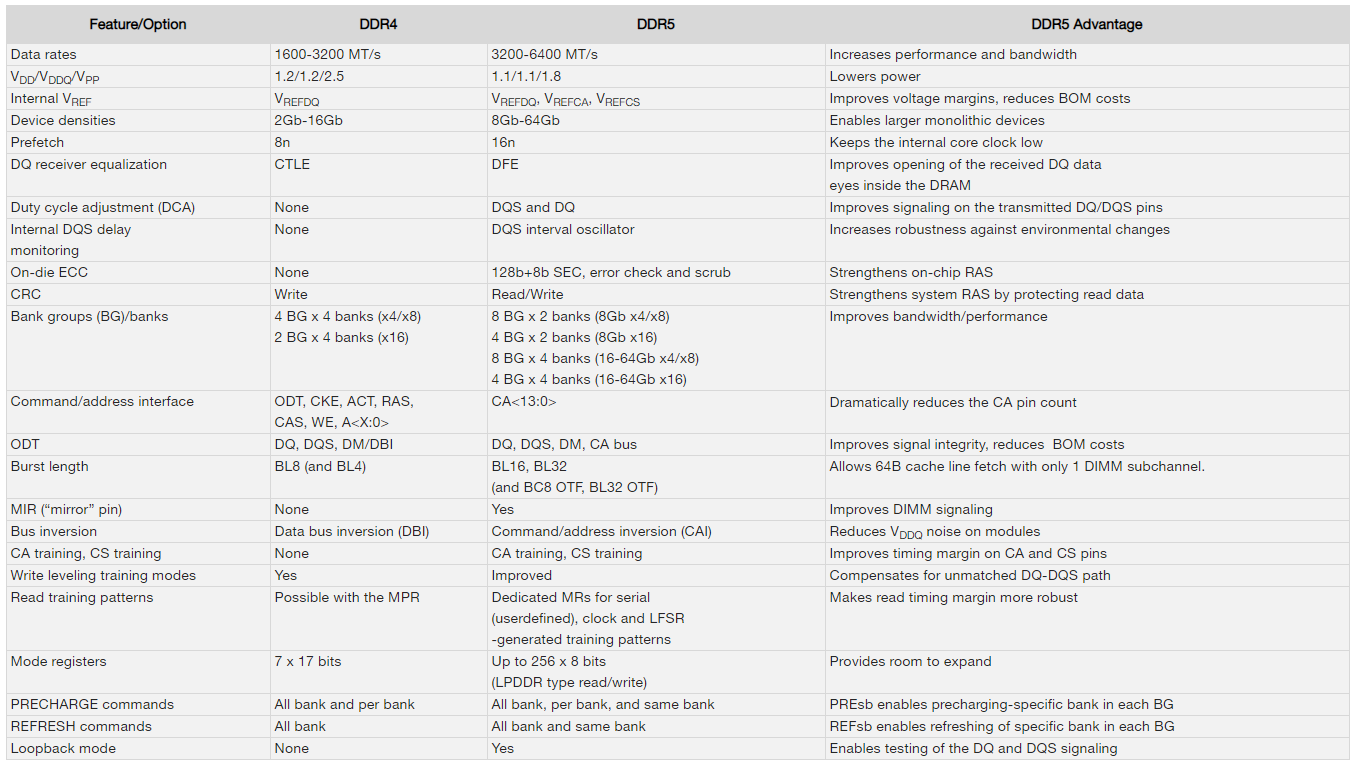Micron Begins Sampling DDR5 RDIMMS
Now only if we had consumer chips that supported the new standard.

Micron announced that it is sampling DDR5 registered DIMMs with its 1znm process technology to key industry partners. These ECC DIMMs are designed for server workloads and offer more than an 85% increase in performance, which comes along with lower power consumption, compared to their DDR4 counterparts. The new modules also lay the groundwork for new server designs and bolster the amount of available hardware that will enable the acceleration of processor designs that take advantage of the faster interface.
Micron hasn't indicated when we could see DDR5 modules arrive for the desktop PC, and given that there are no desktop processors available from either Intel or AMD that support the DDR5 standard, it could be some time before we see those arrive to market.
However, we do know that Intel will support the DDR5 standard with its Sapphire Rapids data center processors in 2021, and that Chinese chip producer Zhaoxin plans to have DDR5-capable processors in 2021, with both efforts paving the way to broader adoption of the standard.
| Memory Type | Release Year | Bandwidth | Pins per Ch | Voltage (V) | Prefetch |
|---|---|---|---|---|---|
| SDR | 1993 | 1.6 GB/s | 168 | 3.3 | 1n |
| DDR | 2000 | 3.2 GB/s | 184 | 2.5/2.6 | 2n |
| DDR2 | 2003 | 8.5 GB/s | 240 | 1.8 | 4n |
| DDR3 | 2007 | 17 GB/s | 240 | 1.35/1.5 | 8n |
| DDR4 | 2014 | 25.6 GB/s | 380 | 1.2 | 8n |
| DDR5 | 2019 | 32GB/s | 380 | 1.1 | 8/16n |
| HBM2 | 2016 | 307 GB/s | 2860 | 1.25/1.35 | 16n |
| GDDR6 | 2016 | 72 GB/s | 180 | 1.35 | 16n |
Data throughput is an important component of modern computing, and with core counts skyrocketing across the board due to reinvigorated competition in the processor market from AMD, the amount of available memory bandwidth per core has begun to decline, which in turn hampers compute performance.

DDR5 brings along a whole host of new technologies that extend beyond 'just' increased bandwidth, including higher peak densities (a quadrupling to 64Gb), improved refresh granularity and doubled burst lengths, bank groups, and banks.
We also see an improvement from a peak of 3200 MT/s (JEDEC) with DDR4 to 6400 MT/s with DDR5, and a strong reduction in voltages, which enables much better power efficiency metrics (GB/s-per-watt) than its predecessor.
All of these new technologies will obviously come with higher pricing, especially as we work our way through the first iterations of the products, but Micron hasn't provided any pricing information. We do have a briefing with the company today, and we'll update with new information as it becomes available. Meanwhile, hit our DDR5 explainer for all of the latest information on the new standard.
Get Tom's Hardware's best news and in-depth reviews, straight to your inbox.

Paul Alcorn is the Editor-in-Chief for Tom's Hardware US. He also writes news and reviews on CPUs, storage, and enterprise hardware.